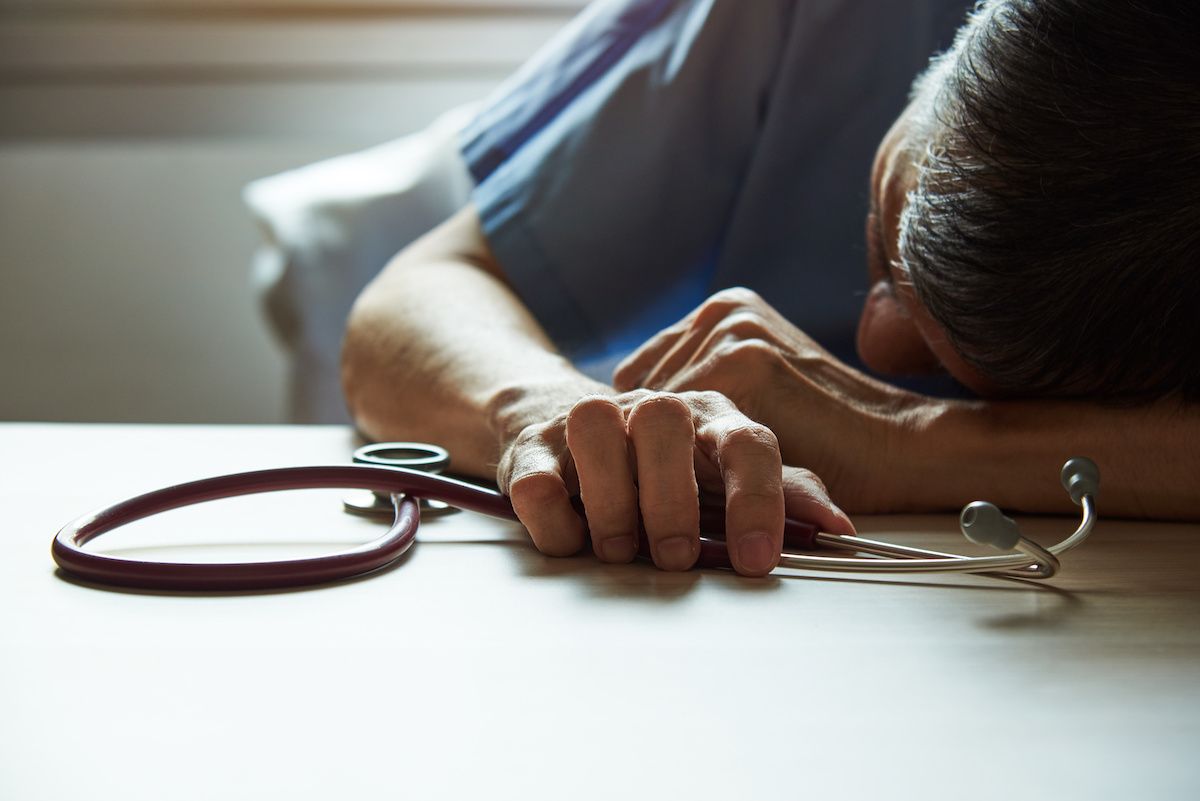Article
Government COVID-19 subsidies helped hospitals when pandemic spread in 2020
Author(s):
Relief money totaled $175 billion, “an important lifeline” when patient visits dropped.

Government subsidies worth $175 billion helped American hospitals’ finances when COVID-19 victims did not have insurance or patients canceled visits and procedures in 2020, the first year of the COVID-19 pandemic.
The study, “COVID-19 and Hospital Financial Viability in the U.S.,” was one of the first investigations into how the government money affected financial viability of hospitals during the pandemic. The knowledge could help policymakers decide whether and how to issue future subsidies during this pandemic or others, the authors said in a press release.
“Hospital operations were really hit hard during the pandemic. Our study shows that the relief funds provided an important lifeline to keep financially weak hospitals up and running,” co-author Ge Bai, PhD, CPA, said in a press release. Bai is a professor in the Johns Hopkins University Bloomberg School’s Department of Health Policy and Management, and a professor of accounting at the university’s Carey Business School.
“When COVID-19 gained traction in the U.S. in early 2020, hospital operations changed significantly,” the authors said in the press release. “Patients often deferred elective procedures and appointments that weren’t urgent, and many hospitals had to restructure their facilities to treat an influx of patients with COVID-19, a significant portion of whom were uninsured.”
During the public health emergency, the federal government provided $175 billion in subsidies to hospitals across the country. The money came from the Coronavirus Aid, Relief and Economic Security (CARES) Act, and the Economic Security Act and Paycheck Protection Program and Health Care Enhancement Act. Funding also came through the Provider Relief Fund and the Covid-19 Uninsured Program.
“Hospitals that tend to serve socioeconomically disadvantaged patients and more who are uninsured are the most vulnerable to financial losses,” says first author Yang Wang, PhD, a doctoral student in the Bloomberg School’s Department of Health Policy and Management. “But the extra federal funding helped them stay operational.”
The researchers examined 2,163 U.S. hospitals and found “a sizeable reduction” in their operating margins for 2020.
In the pre-pandemic period, hospitals overall lost an average of $1 for every $100 earned from patient care activities, leading to an operating margin of negative 1%. In 2020, that number dropped to between $7 and $8 lost per every $100 earned, an operating margin of negative 7.4%.
However, overall profit margins remained similar to prior years.
For government, rural, and smaller hospitals, “which often operate on the edge of financial viability,” the average overall profit margin stayed stable or improved during the first year of the pandemic due to COVID-19-related subsidies. From 2019 to 2020, the average overall profit margin increased from:
- 3.7% to 7.2% for government hospitals.
- 1.9% to 7.5% for rural hospitals.
- 3.5% to 6.7% for small hospitals.
The authors noted the study results could be used for quantitative inferences for all hospitals or individual hospitals.
Financial performance depends on various factors, such as market characteristics, demographic characteristics of patients, and regulations, which the researchers did not examine. Reporting inaccuracies in administrative data also could change the results.
“Despite these limitations, this study potentially facilitates understanding of the operational and overall financial implications of the COVID-19 pandemic,” the study said.
The study was published May 13 in the journal JAMA Health Forum.





